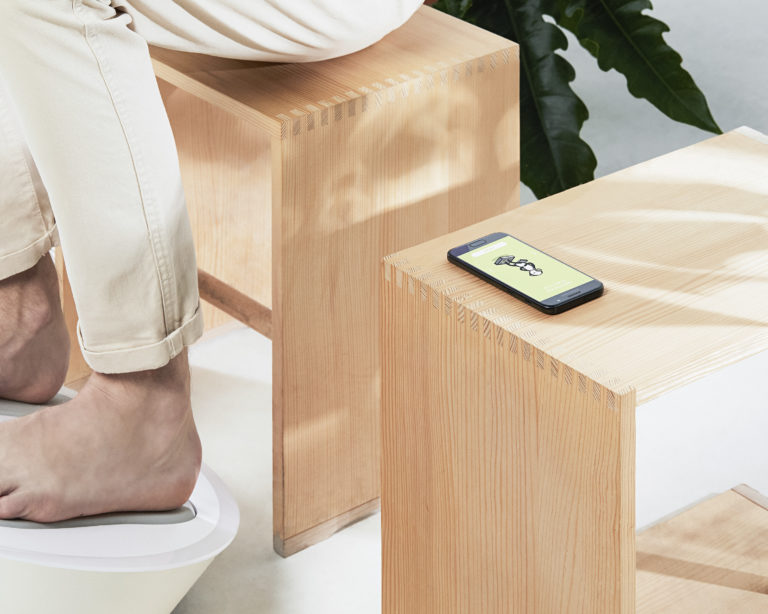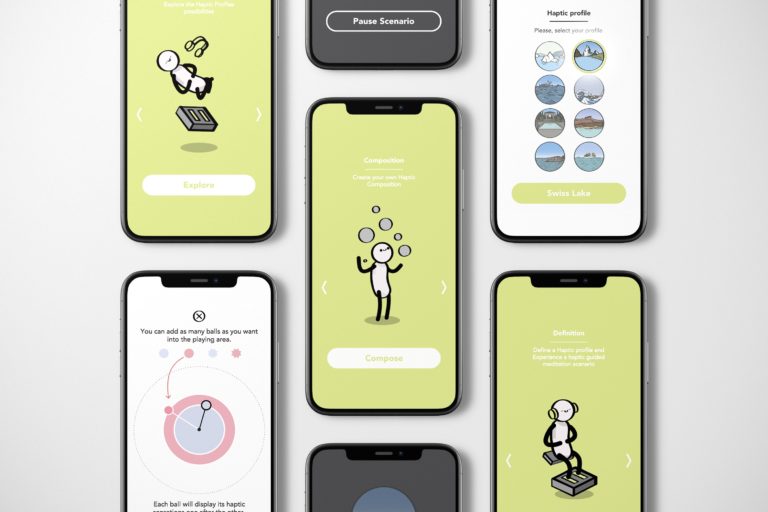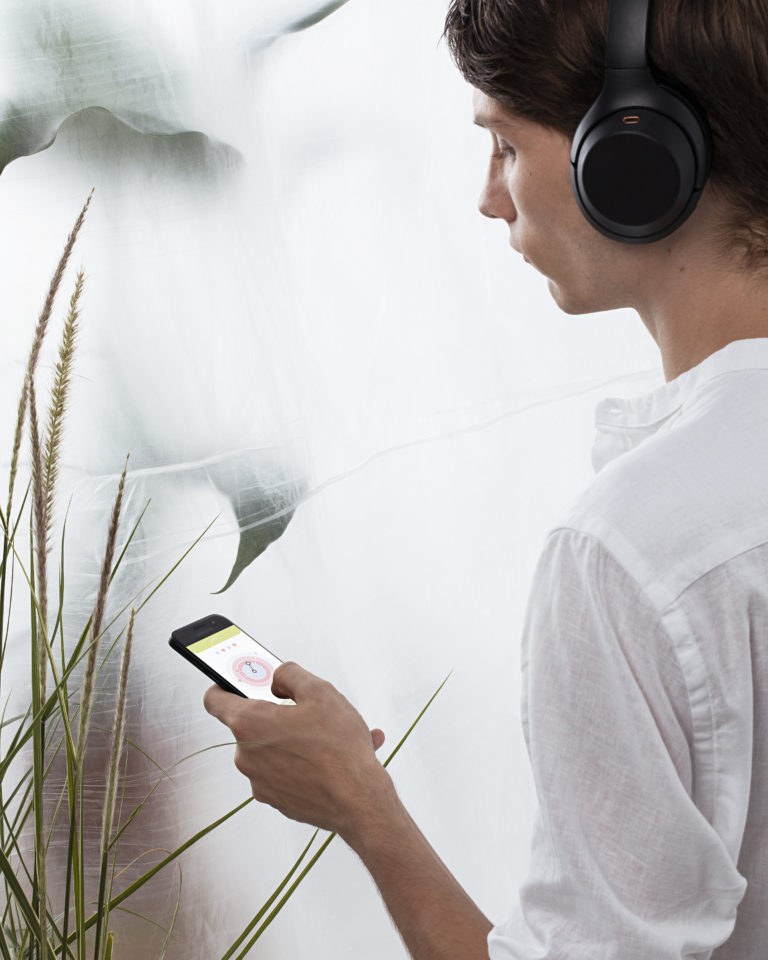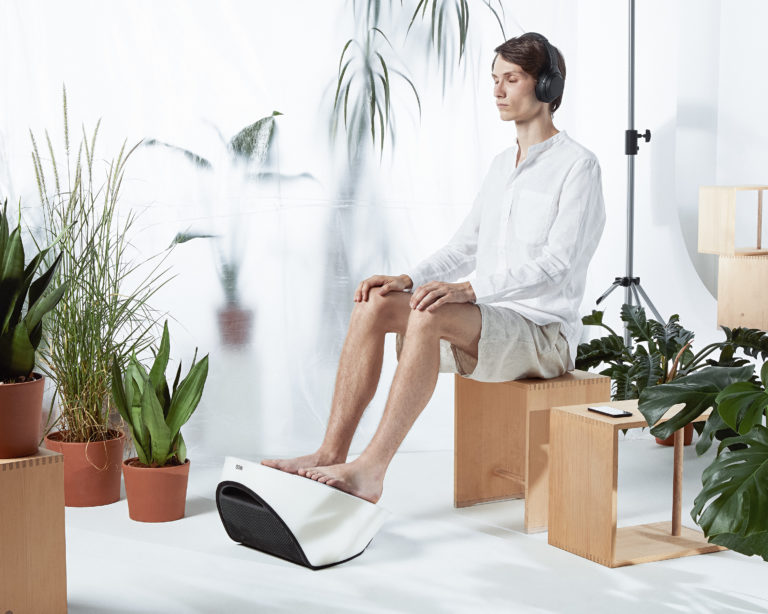Meditation Robotics
More and more, digital devices designed to support meditation are appearing on the market. But how can interfaces and interactions enhance the practice of meditation? To explore this question, the EPFL+ECAL Lab joined forces with the Laboratory of Cognitive Neuroscience at EPFL in order to create a multi-sensorial experience with their haptic device.
The Meditation Robotics project aims to enhance meditation practice through multimodal sensorial support. But to what extent can a user interact with an interface during a meditative experience?
Reaching a state of meditation is related to several factors, including the user’s level of practice, emotional state, stress, anxiety, individual response to specific stimuli, as well as cultural and social background. It is therefore crucial to design, adapt, and personalise the parameters not only to each user, but also to their own specific mind set when involved in meditation.
As physical inputs reinforce the impact of guided meditation, the haptic device, which is placed under the feet, uses mechanical pixels to control rhythm, pressure and temperature. This generates a sensation similar to the feeling of waves underfoot on a beach. However, to be accurate enough without disturbing the meditation phase, should the approach be pragmatic or hedonic?
Focusing on UX design, the EPFL+ECAL Lab developed a unique interface with an original approach that allows each practitioner to adapt the parameters to their own sensitivity along 3 scenarios of use.
The project ran in two phases. First, the EPFL+ECAL Lab developed and tested several user scenarios with various fidelities of user interface prototypes, both digital and analogue. During the second phase, the team developed a smartphone application based on our first learnings, combining pragmatic and hedonic scenarios.
User evaluations over time show significant positive results, generating reliable research knowledge in terms of adoption as well as UX and UI design guidelines for meditation interfaces.
Metaphysiks, the company developing the device, have integrated the application into the final product.
Direction
Project Management & Art Direction
Research Assistant
Engineering
UX Psychology
Dr Andreas Sonderegger with assistance of Stanislav Riss and Clara Evans
Photography Credits
© EPFL+ECAL Lab / Calypso Mahieu






